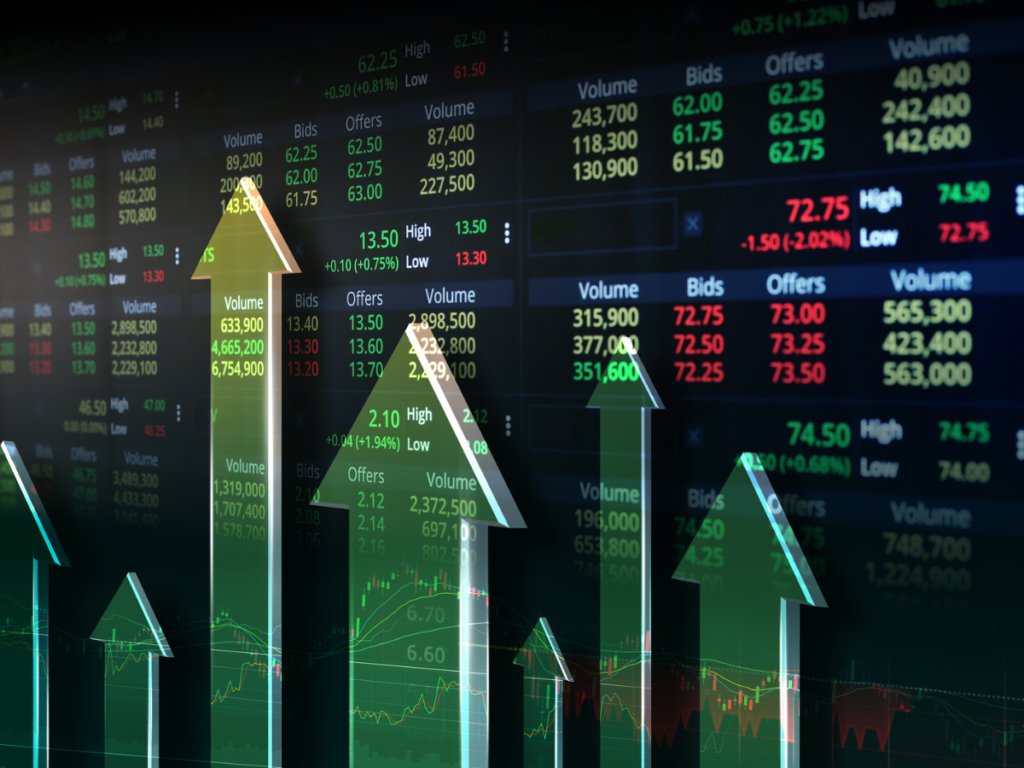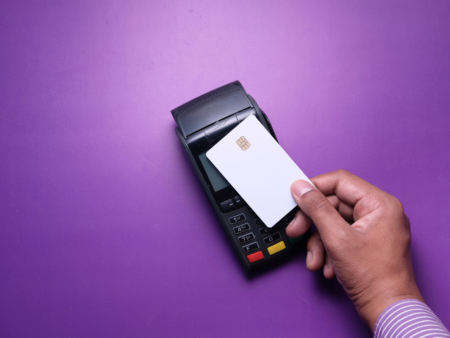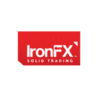Learn how Big Data and RPA have transformed financial trading, empowering professionals to make informed trades by utilizing cutting-edge technology for over a decade.
Big data and robotic process automation (RPA) may be relatively new ideas to the general public, but traders have used them extensively for more than a decade. Financial professionals have long recognized the significance of information, and as our capacity as a society to gather data has grown, so too have the instruments available to traders for better trading.
The Rise of Big Data and Bots
Algo trading, often known as automatic trading, began more than ten years ago. The Business Professor points out that algorithmic trading originally appeared in the 1970s. Programmers were able to develop devices that could make trades based on mathematical models since computers are now more capable of analyzing data than before.
Since then, remarkable degrees of human-computer cooperation have been achieved. Today, computers handle more than 10% of all transactions. According to The Trade, algorithmic trading made up 80% of trading activity at 10% of hedge funds in the US and Europe. All of this indicates that the trading market is immensely valuable. In fact, according to MarketsandMarkets Analysis, the market for algorithmic trading will be valued $18.8 billion by 2024.
Rise of Algorithmic Trading
Simply put, automatic trading is a huge industry. But it’s not the only means of it. Despite how sophisticated they are, robotic traders are not appropriate in many situations. The good news is that big data is accessible to humans as well as machines. Today, everyone may access a variety of information by going online. For instance, you can obtain real-time data from the DXY (US Dollar Index). Online data hubs can give you historical data, breaking news, professional analyses, in addition to live price charts.
You may also sign up for “snapshot” reports, which provide Twitter-style alerts on everything relating to the US Dollar, to add even more information to the mix. As you may anticipate, the abundance of data covers more than just the US Dollar Index. In the financial sector, you can obtain data, reports, and analytics for anything. You may get the S&P 500 prices in real time. Visit a website like CNBC or use social media to get the latest Wall Street news.
Markets are more accessible than ever
Download a program like MetaTrader 4 and utilize one of the various charting tools to analyze price data. Simply put, the financial sector has become more accessible in the age of digital data. Whether you’re a person or a bot, there is more information available than ever. Naturally, this does not imply that trading is any simpler or that the outcomes are more certain. The financial markets are erratic. Therefore, regardless of how much data you consume, no trade can be considered successful.
However, the key idea here is that there is a wealth of knowledge. Because of this, trading is more widely available. Both the growth of bots and the expansion of data are to blame for this. Digital data became more important as algorithmic trading tools developed. This sparked a wave of developments that eventually led to the integration of big data and RPA into the trading industry. In turn, this has increased the general public’s access to the financial markets.












